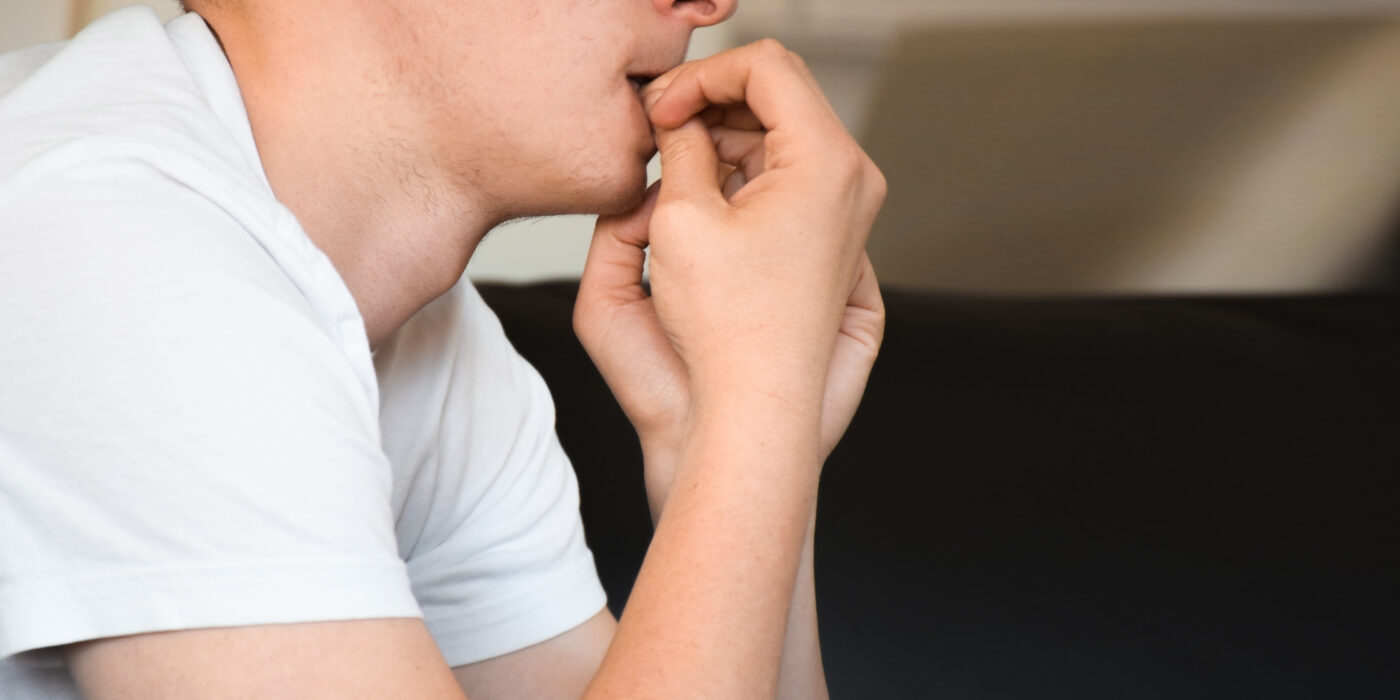Introduction
Anxiety and depression are two of the most common mental health challenges facing men today. Despite their prevalence, these conditions often go unrecognized or undiagnosed, partly due to societal norms and stigmas surrounding men and mental health. Understanding the signs of anxiety and depression is crucial for early intervention, recovery, and overall well-being.
In this article, we’ll explore the unique ways anxiety and depression manifest in men, discuss why these conditions are often overlooked, and provide actionable steps for seeking help. By increasing awareness, we aim to empower men to take charge of their mental health.
Why Men Often Miss the Signs
Men are less likely than women to seek help for mental health issues due to several factors:
- Cultural Expectations: Traditional views of masculinity discourage men from expressing vulnerability or seeking help.
- Masked Symptoms: Men may exhibit physical symptoms or behaviors (e.g., anger, risk-taking) rather than emotional ones.
- Fear of Judgment: Concerns about being perceived as weak or incapable can deter men from acknowledging their struggles.
Recognizing these barriers is the first step in addressing the mental health crisis among men.
Common Signs of Anxiety in Men
Anxiety in men often manifests in ways that may differ from the commonly recognized symptoms. These signs can be physical, emotional, or behavioral, and understanding them is crucial for early identification and intervention. Below is an expanded look at the common signs of anxiety in men:
1. Physical Symptoms
Anxiety often takes a toll on the body, and men may experience a range of physical symptoms, such as:
- Increased Heart Rate: Feeling like your heart is racing or pounding, especially in stressful situations.
- Muscle Tension: Persistent tightness or pain in the shoulders, neck, or back due to prolonged stress.
- Fatigue: Constant tiredness or low energy levels, even without significant physical exertion.
- Insomnia: Difficulty falling asleep or staying asleep, often due to an overactive mind.
- Digestive Issues: Stomachaches, nausea, or irritable bowel syndrome (IBS) linked to stress.
- Sweating or Shaking: Sudden bouts of perspiration or trembling, even in non-threatening situations.
2. Behavioral Changes
Men with anxiety may exhibit noticeable changes in their behavior, including:
- Avoidance: Steering clear of social interactions, work commitments, or other activities that might trigger feelings of unease.
- Difficulty Concentrating: Struggling to focus on tasks, often accompanied by a racing mind filled with worries.
- Procrastination or Indecision: Avoiding making decisions due to fear of making the wrong choice.
- Increased Substance Use: Turning to alcohol, drugs, or other substances as a way to cope with overwhelming stress.
- Restlessness: Constantly fidgeting or finding it difficult to sit still, often driven by a sense of unease.
3. Emotional Indicators
Emotionally, anxiety can lead to feelings that are often internalized and difficult to articulate, such as:
- Persistent Worry: Constantly feeling on edge or overly concerned about situations that may not warrant such stress.
- Irritability: Being easily angered or frustrated, even in minor situations, as a result of heightened stress levels.
- Overwhelm: Feeling like small tasks or challenges are insurmountable.
- Fear of Failure: A pervasive sense of dread about making mistakes or not meeting expectations.
4. Unique Expressions of Anxiety in Men
Men often express anxiety differently due to societal pressures to appear strong and composed. These unique expressions can include:
- Aggressive Behavior: Lashing out as a way to mask underlying stress or worry.
- Risk-Taking: Engaging in dangerous activities, such as reckless driving or extreme sports, to distract from feelings of anxiety.
- Workaholism: Overcommitting to work or projects to avoid confronting personal stressors.
Recognizing the Signs
Men experiencing anxiety may not always identify their symptoms as related to mental health. Encouraging open dialogue and normalizing these experiences is key to helping them seek the support they need. Whether through therapy, mindfulness practices, or other self-care strategies, addressing these signs early can prevent the escalation of anxiety and improve overall well-being.
Common Signs of Depression in Men
Depression can manifest in subtle or unexpected ways in men. Key symptoms include:
1. Changes in Mood
- Persistent sadness or hopelessness
- Feelings of worthlessness or excessive guilt
- Increased irritability or frustration
2. Behavioral Indicators
- Loss of interest in hobbies or activities
- Decreased productivity or focus at work
- Withdrawal from family and friends
3. Physical Symptoms
- Changes in appetite or weight
- Chronic pain or unexplained aches
- Sleep disturbances (insomnia or oversleeping)
4. Risk-Taking Behaviors
- Reckless driving or substance abuse
- Engaging in unsafe or impulsive activities
How to Differentiate Between Anxiety and Depression
While anxiety and depression often co-occur, they are distinct conditions:
- Anxiety: Characterized by excessive worry, fear, and hyper-vigilance.
- Depression: Marked by a lack of energy, motivation, and interest in life.
Men experiencing both may feel trapped in a cycle of hopelessness and heightened alertness, making it vital to seek professional guidance for an accurate diagnosis.
When to Seek Help
Recognizing when symptoms become unmanageable is crucial:
- Symptoms persist for more than two weeks.
- There’s a noticeable impact on daily life or relationships.
- Thoughts of self-harm or suicide arise.
Remember, seeking help is a sign of strength, not weakness. Reaching out to a mental health professional can provide clarity and relief.
Practical Steps for Managing Anxiety and Depression
1. Talk About It
- Open up to a trusted friend, family member, or therapist.
2. Prioritize Physical Health
- Exercise regularly to boost endorphins.
- Maintain a balanced diet and adequate sleep schedule.
3. Practice Mindfulness
- Incorporate meditation, deep breathing, or yoga into your routine.
4. Seek Professional Help
- Consider therapy, counseling, or medication if necessary.
Breaking the Stigma
Men’s mental health deserves the same attention and care as physical health. By normalizing conversations around anxiety and depression, we can foster a culture where seeking help is encouraged and celebrated.
Final Thoughts
Recognizing the signs of anxiety and depression in men is a critical step toward improving mental health outcomes. If you or someone you know is struggling, remember that help is available. Taking that first step could be life-changing.
For more resources and support, consider reaching out to mental health organizations or local professionals. You are not alone—and there is strength in seeking help.
For more reading, please visit our article: Effective Coping Strategies for Anxiety in Men
Disclaimer:
The content provided in this blog is intended for informational purposes only and should not be considered a substitute for professional advice. While we strive to ensure the information is accurate and up-to-date, individual circumstances may vary. We strongly encourage consulting with a qualified professional to address your specific needs and concerns. Any reliance on the information provided in this blog is solely at your own risk.



